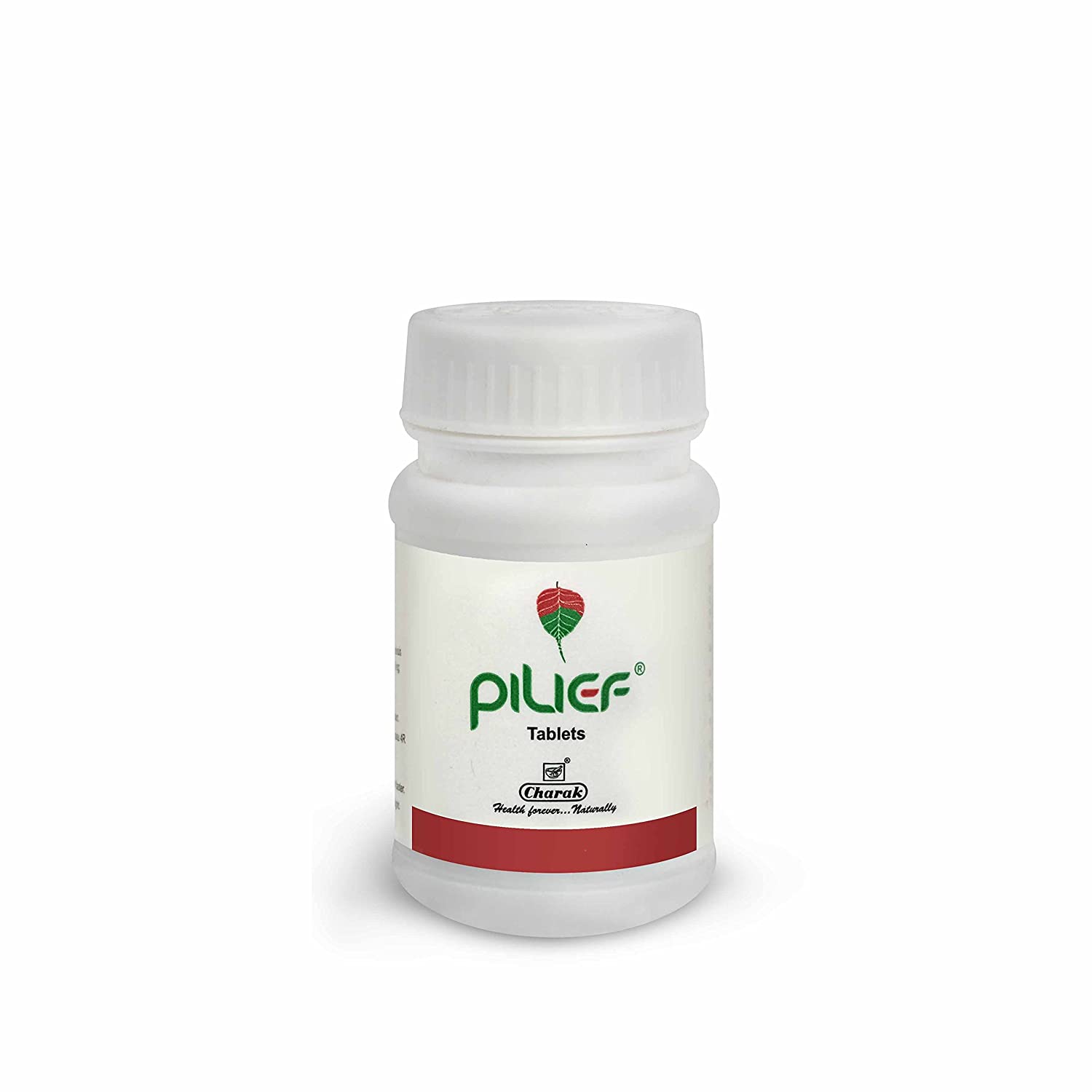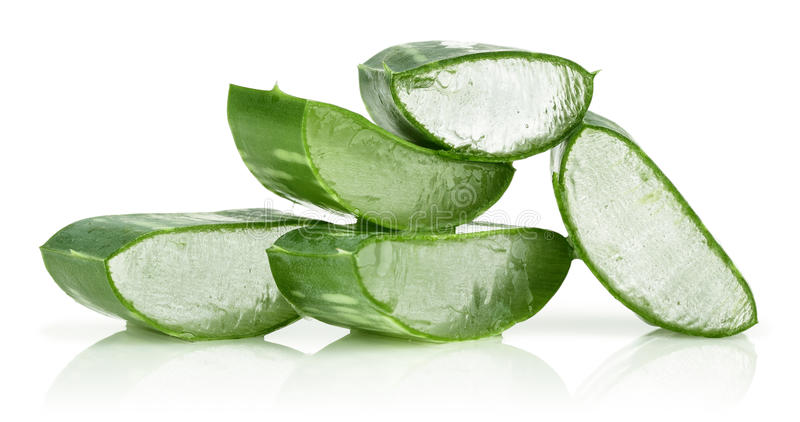best ayurvedic tablet for piles
There are four pillars of lifestyle management that one can adopt to prevent piles. These pillars are aahar (diet and nutrition), bihar (rest, relaxation, and sleep), achar (behavioral pattern), and vichar (thought processes). The first pillar, aahar, emphasizes the importance of having a diet rich in fiber. A high-fiber diet can help make stools softer and easier to pass, reducing the strain on the anal muscles. Foods such as bananas, sprouts, and unpeeled fruits are excellent sources of fiber. One should also drink soups or buttermilk along with their meals, reduce salt intake, avoid overeating, and avoid coffee, alcohol, non-vegetarian food, spicy food, and processed food. Additionally, one should drink around 2-2.5 liters of water every day, take lemon juice between meals, and add psyllium husk or castor oil after dinner for complete evacuation of the bowels.
Ayurvedic medicine uk

